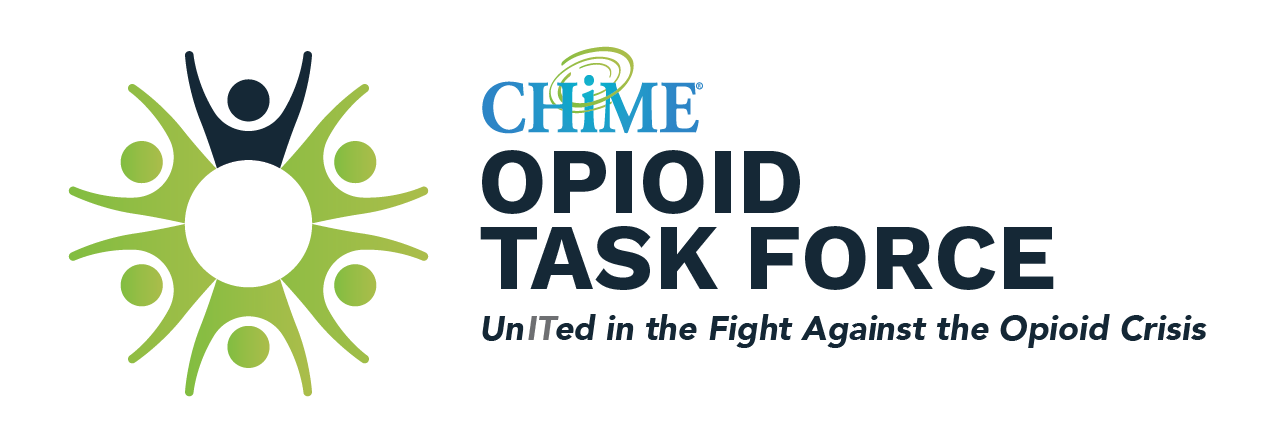At UChicago Medicine, opioid management falls under the scope of the organization’s pain care stewardship efforts. According to Samantha Ruokis (director, Quality Performance Improvement at UChicago Medicine), the decision to focus more broadly on pain care was very deliberate. “The message we want to send is that we are trying to provide the safest and most comprehensive pain care possible,” says Ruokis. “Reducing opioid prescriptions is certainly a critical part of that, but we also want to make sure we don’t lose sight of other important components of pain care that need to be included across the care continuum.”
The multidisciplinary Pain Care Stewardship Committee at UChicago Medicine was established in the fall of 2016. The Pain Care Stewardship Committee reports directly to the Medical Center Quality Committee, the same group that has oversight over a number of other key quality initiatives at UChicago Medicine (such as the Readmissions Task Force).
The structure of UChicago Medicine’s Pain Care Stewardship Committee is designed to be flexible and agile, with committee responsibilities and activities largely driven by the pain care stewardship workplan. Initiatives defined in the workplan dictate the work that needs to be done, and the committee implements the structure needed to ensure all related tasks are completed.
| Table 2. Examples of past and present initiatives supported by UChicago Medicine’s Pain Stewardship Committee | |
|---|---|
| Committee structure, governance and reporting development | Non-opioid and non-pharmacological multimodal analgesia |
| Data integrity and collection | Prescriber clinical decision support and education |
| Pain screening questions | Prescriber feedback and benchmarking |
| Analgesic pathways | Weaning protocols |
| Opioid misuse risk assessment | Naloxone co-prescribing |
| Procedure targeted opioid interventions | |
Participation on the Pain Care Stewardship Committee is intentionally broad to ensure that a variety of different perspectives on pain care are represented. Pharmacy was heavily involved from the start, as were pain experts across the organization. However, UChicago Medicine also engaged clinicians from many different disciplines outside of pain care, particularly those involved in interventions at the point of care (capturing data, receiving alerts, etc.) The goal was to achieve multidisciplinary participation and representation across all UChicago Medicine encounters and types of pain (acute, chronic and abuse disorders).
| Multidisciplinary Participation on UChicago Medicine’s Pain Care Stewardship Committee | ||
|---|---|---|
| Anesthesia/Pain | Pain psychiatry | PT/OT |
| Child life | Pediatrics | Subspecialists |
| Health IT | Pharmacy | Quality – Analytics and Process Improvement |
| Nursing | Primary Care | Surgery |
IT – along with the Clinical Informatics team at UChicago Medicine – also played a large role, with formal representation on the Pain Care Stewardship Committee and early involvement in planning the implementation of many of the interventions. According to Quality Improvement Project Manager Leslie Wiora:
Getting our technology and informatics folks engaged as early as possible was essential; a lot of our pain care initiatives and opioid-specific interventions heavily involved IT.” Adds Ruokis: “Collaboration between IT and the Pain Care Stewardship Committee was critical to ensure we had high fidelity data on pain and pain management from our EHR. It isn’t just about getting our clinicians the actionable data they need at the right time, it is also about ensuring that data is easy to understand and actionable across disciplines and across teams.
Keys to Success:
- Leadership support and buy-in to make pain care stewardship an organizational priority – including support from IT, informatics and quality department leaders.
- Engagement from clinicians at all levels in the organization. “No matter how much leadership wants to make pain stewardship a priority, if you don’t have engagement from pain care experts in the organization and the clinicians involved at the point of care, you will struggle to be successful,” says Ruokis.
- Formal IT and informatics representation on the Pain Care Stewardship Committee – and early involvement from IT and informatics around planning and implementing opioid-specific interventions.
- Not being content with the status quo. According to Wiora, “We are constantly asking ourselves: ‘Where are we today? Where are the gaps we need to address?’ Continuing to move forward with innovative thoughts and ideas about pain care stewardship is critical.”
